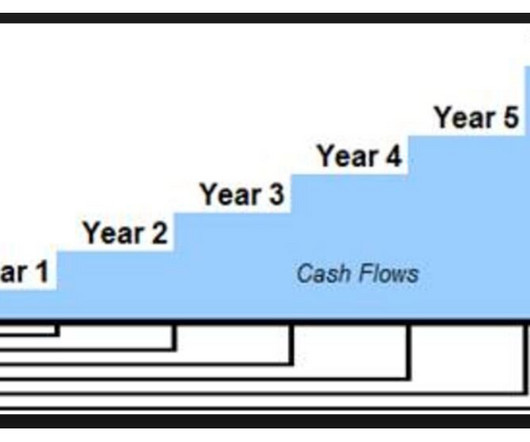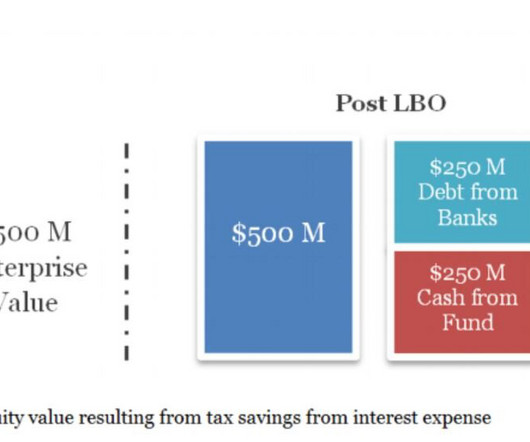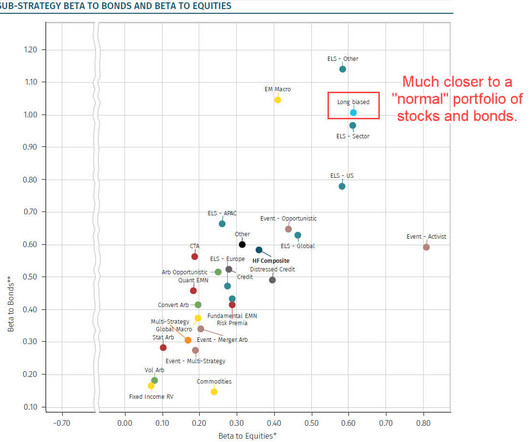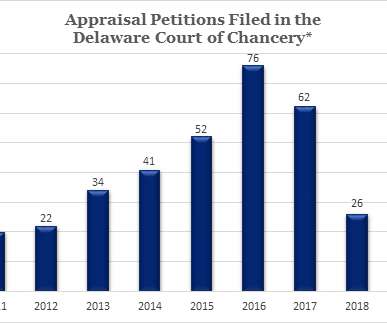Equity Research vs. Investment Banking: Careers, Compensation, Exits, and AI/Automation Risk
Mergers and Inquisitions
JANUARY 22, 2025
For example, in IB interviews, youll have to know about accounting, valuation/DCF analysis, merger models, and LBO models plus the usual fit/behavioral questions , your resume walkthrough , and a few recent deals. consolidation accounting , lease accounting , etc.). No, probably not.





















Let's personalize your content